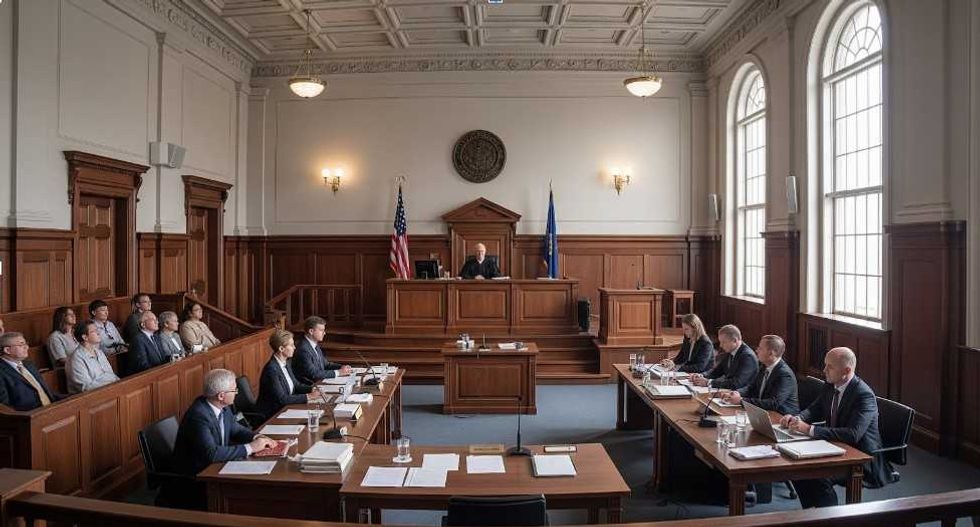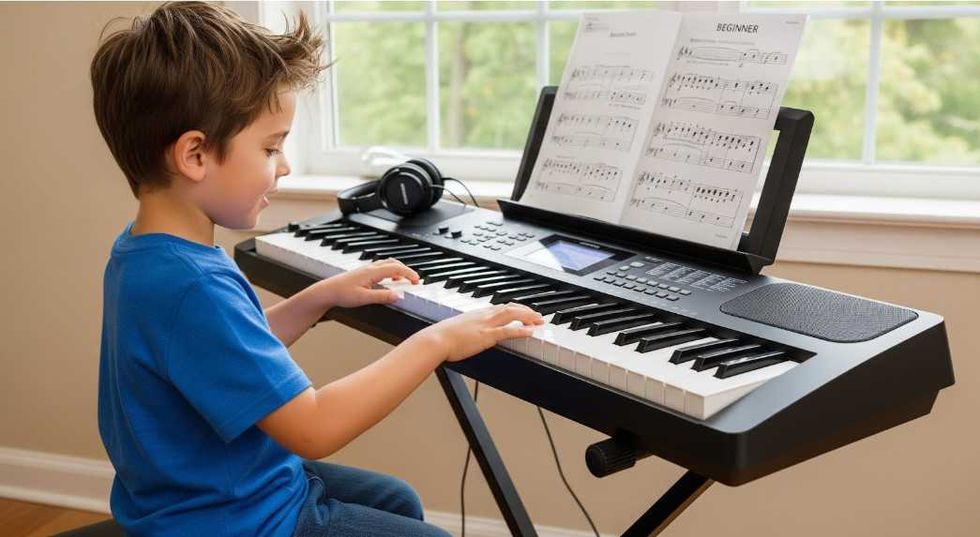It’s that time again. Election season is finally here. In just a matter of time, eight months to be exact, we will have elected our 45th president. Right now everyone is focused on primaries and caucuses. Some of you are probably wondering what in the world is a primary? What is a caucus? If you have been asking yourselves these questions, you’ve come to the right place. In this article, I will cover everything from the history of primaries and caucuses, their processes, and their place in modern politics.
All your questions will be answered. First, let’s start with some brief history.
The Beginning
Primaries began in the late 19th and 20th centuries when progressive reformers felt that political parties had too much power over the nomination process and wanted citizens to have a say. As a result of this movement, primaries were created. In 1901, Florida held the first ever presidential primary election.
Caucuses, on the other hand, were the original method for selecting a party’s candidate for nomination. They date back to the early 1800’s when politicians would meet to decide the presidential and vice presidential nominees. They have since been diminished in size after the primary method was introduced. As of the 2016 primary elections, 15 states use the caucus system. These states are: Alaska, Colorado, Hawaii, Idaho, Iowa, Kansas, Kentucky, Maine, Minnesota, Nebraska, Nevada, North Dakota, Utah, Washington and Wyoming. The other 37 states hold primaries. All five major American territories (Puerto Rico, American Samoa, Northern Marina Islands, Guam and the Virgin Islands) use both the primary and the caucus systems.
It’s important to note that some states have both a caucus and a primary. Idaho, for example, has both a primary and a caucus. This is because both the Democratic party and the Republican party have preferential voting methods for each state. The primary in Idaho is for the Republicans, and the caucus in Idaho is for the Democrats. It is also important to note that sometimes both parties have their primaries and caucuses on the same date, while other times they are on separate dates.
Differences between a Primary and a Caucus
There are many differences between a primary and a caucus. A primary takes place at a polling center where the voter uses a secret ballot to select their nominee. This is similar to the presidential elections, where a voter also uses a secret ballot. There are two main types of primaries: open and closed. In an open primary, anyone from any political party can vote in either primary. In a closed primary, only voters registered with a specific party may vote in the election for that party. The two other types of primaries are the semi-open primary and the semi-closed primary. In a semi-open primary, registered voters don’t need to declare which political party’s primary they will vote for. Once they finally vote, however, they must select a specific party’s ballot. In a semi-closed primary, registered party members must only vote for their party’s primary. Independent voters, however, are the exception, and may choose to vote in either primary (but can only vote in one). Each state chooses their own type of primary. New Hampshire is a semi-closed primary, where registered voters must stick to their party, but independents are allowed to vote. Primary rules vary by state. Some states require both parties use the same methods, while other states allow the party to pick what type of primary they use. As an example, Utah has a closed primary for Republicans and a semi-open primary for Democrats. However, other states may decide which type of primary’s each party uses.
A caucus consists of a local meeting that takes place in a school, church, or city center where registered voters of a specific party gather to vote for their preferred presidential candidate. Both parties perform their caucuses differently. After opening remarks, Republicans cast their votes on a secret ballot. The Democrats divide into groups of their preferred candidate and try to persuade the other groups to come to their side. Groups that receive less than 15% of attendees are eliminated and much choose between the
remaining candidates. The group with the most members determines the winning candidate.
The purpose
The primary/caucus elections serve as a prelude to the presidential elections. Each state is designated a certain number of delegates. Delegates are people sent to represent the party. When a candidate wins a primary/caucus they receive a certain amount of delegates to represent them for the nomination. Once they reach the maximum number of delegates needed to win the nomination they are announced as the winner at a convention. Then, from there, they face off their opponent (whoever won the other party's nomination) for the general election. For the 2016 elections, a Republican nominee must obtain 1237 delegates to win the nomination out of a possible 2472, while a Democratic nominee needs 2383 for the nomination out of a possible 4765. The number of delegates per state differs by party as well. For instance, Kansas has 40 designated delegates for the Republican nomination, while it has only 33 designated delegates for the Democratic nomination. The number of delegates given to the winner is determined using different methods, both of which differ by party.
The Republicans have three methods used to allocate the appropriate amount of delegates to the winners of the primaries/caucuses: Proportional, winner-take-all, and hybrid. In the proportional method, states proportionally allocate delegates based on the primary/caucus votes they receive either congressionally or statewide. In the winner-take-all method, the winner gets all delegates of the state. And in the hybrid method, the winner is determined using different aspects of both the proportional and the winner-take-all methods.
The Democrats have two methods used to allocate the appropriate amount of delegates to the winners of the primaries/caucuses: pledged and unpledged delegates. Pledged delegates are required to support a nominee if that candidate wins at least 15 percent of the vote in the state. There are three types of pledged delegates: at-large delegates, congressional district delegates and PLEO delegates (pledged party leader and elected officials). Unpledged delegates, also known as “superdelegates”, are automatic convention delegates that are not pledged to support a specific presidential candidate.
Finally, the primary and caucus election winner becomes the party’s nomination who is then officially announced the winner at their party’s convention. This convention takes place in the summer of election season. After the winners are announced, they face off in the presidential election.
As of right now, Donald Trump leads the Republican primary elections with 378 delegates, while Senator Ted Cruz remains in a close second with 295 delegates. For the Democratic primary elections, Hillary Clinton has a strong lead with 1121 delegates to Senator Bernie Sander’s 479 delegates.





















